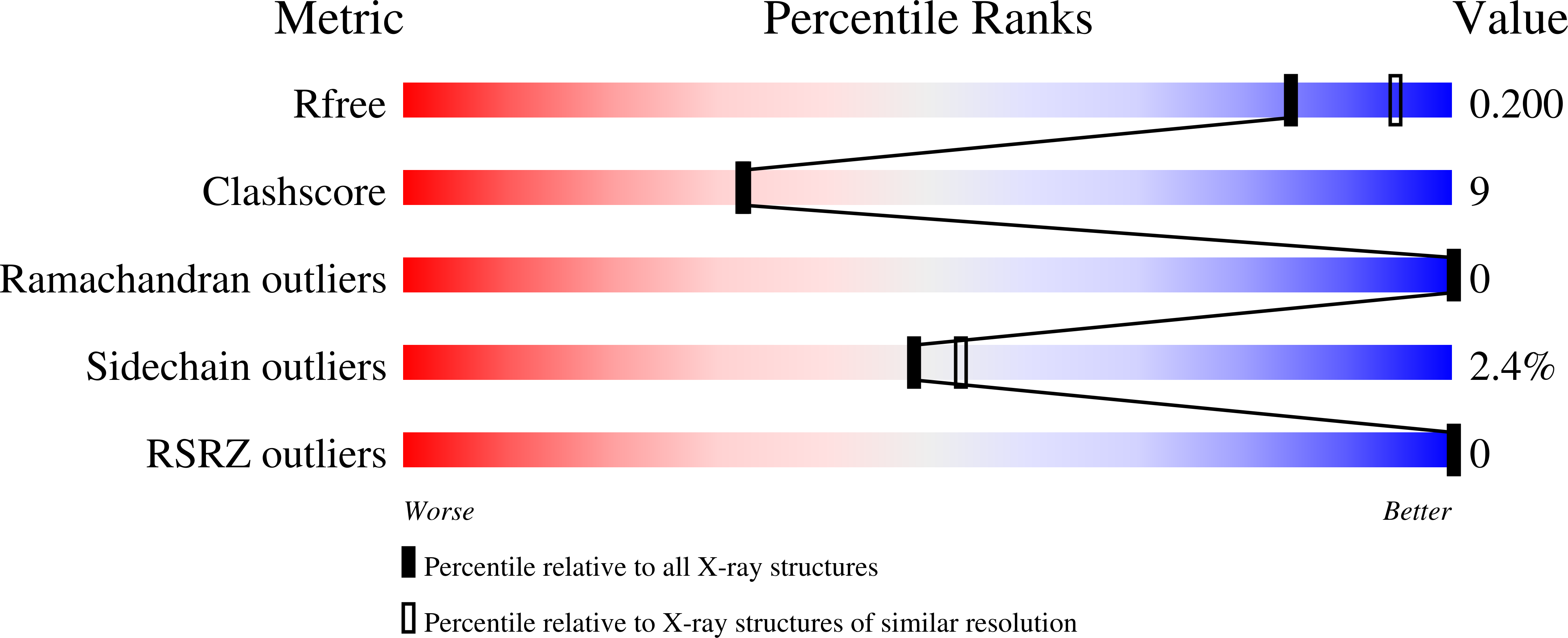
Deposition Date
2019-02-19
Release Date
2019-03-06
Last Version Date
2024-01-24
Entry Detail
PDB ID:
6QRO
Keywords:
Title:
Crystal structure of Tannerella forsythia glutaminyl cyclase
Biological Source:
Source Organism:
Host Organism:
Method Details:
Experimental Method:
Resolution:
2.10 Å
R-Value Free:
0.20
R-Value Work:
0.17
R-Value Observed:
0.17
Space Group:
P 1


